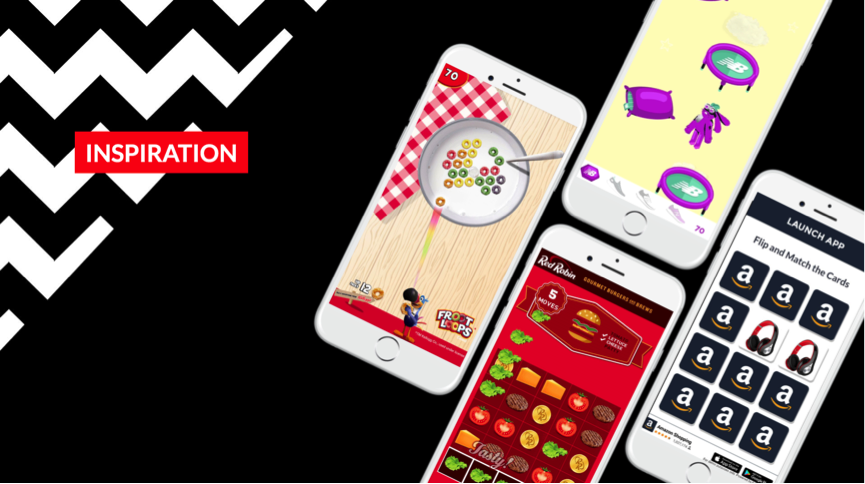Connections are everywhere in world: cities are connected through transport systems, the internet connects us and a vast amount of information together, even our own bodies contain intricate networks of veins and nerves that keeps us going.
In this post on displaying data, I will be covering the main charts ideal for visualising connectivity and the relationship between connections.

Network Diagrams
This type of chart is used to show how things are interconnected together, through the use of nodes (the entities) and their links (to show connections). Network Diagrams have a broad range of applications, from visualising social networks to bioinformatics and so on.

Cluttering can be an issue with very large Network Diagrams, but the type of layout algorithm used can help mitigate that (forced-directed, spectral, orthogonal etc). At its essence, Network Diagrams are simply a collection of connected points.

Tree Diagrams
Using the node-link structure of a Network Diagram, Tree Diagrams reorganises the placement of nodes in way that communicates a hierarchical structure. This is done by placing nodes in differing levels or “ranks”. Instead of all nodes being simply linked together, Tree Diagrams start with a source or “root” node, from which all the other node emanate from. With Tree Diagrams, there’s a “parent” and “child” relationships, where nodes are thought of producing other nodes, instead of simply being the same and just connected to each other. Nodes which do not produce any “offspring” are typically known “leaf nodes” as they are the end tips of a tree’s extension.

So if you’re looking to show a connection relationship when displaying data that visualises some kind of organisational structure, ranking system or where things descends from, then a Tree Diagram would be an ideal choice of chart.
Arc Diagrams
This type of connection diagram uses a one-dimensional axis, as an alternative way of showing 2D node-link diagrams. Arc Diagrams show connections through drawing “arcs” instead of using straight lines, which creates a more aesthetically pleasing display. The thickness of the lines can also be varied to represent frequency or any kind of value between the source and the target node. Therefore, Arc Diagrams are great for finding occurrence patterns in the data.
 Martin Watternberg first popularised the use of Arc Diagrams in his project The Shape of Song (2001) and there have been a number of iterations since.
Martin Watternberg first popularised the use of Arc Diagrams in his project The Shape of Song (2001) and there have been a number of iterations since.
While Arc Diagrams are beautiful, they don’t show structure and connections between nodes as effectively as Network and Tree Diagrams do. Arc Diagrams also struggle and become cluttered and more difficult to read as the number of link connections increases. Therefore, Arc Diagrams should be relied on more to give a general view of the data and where the amount of connections made are focused.
Hive Plots
Developed by Martin Krzywinski from the Genome Sciences Center, Vancouver. Krzywinski found many of the network diagram visualisations generated from his data to be hard to interpret, in which he frustratingly described as “hair balls”.
The Hive Plot was developed to tackle the legibility problem network diagrams developed when they become too cluttered. Hive Plots also make it easier to compare the differences between different networks. Each line in a Hive Plot is an axis, which nodes can be placed along. Bézier curves a used to show the connection between nodes.

You can find out more on Hive Plots on Krzywinski’s page Hive Plots: Rational Network Visualization – Farewell to Hairballs.
Chord Diagrams
Useful for exploring the inter-relationships between groups of entities, Chord Diagrams have been heavily adopted by the biological scientific community for visualising genomic data. A good example of this the New York Times infographic Close-Ups of the Genome, which compares the genome of humans to four other animals to see what genes we have in common.

In Chord Diagrams the nodes are arranged around a circle with the relationships between the points connected together either with arcs or Bézier curves. Colour can be used to group the data into different categories.
…
If you are considering visualising inter-connections or relationships when displaying data and are still unsure with the best visualisation to apply, please feel to get in contact with us and we’ll be happy to talk you through it.




